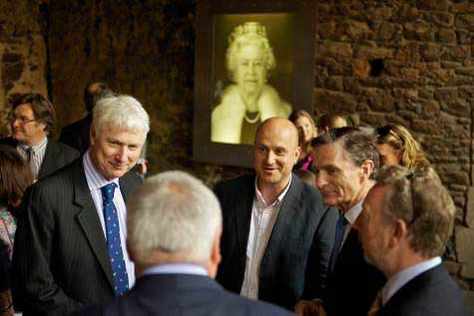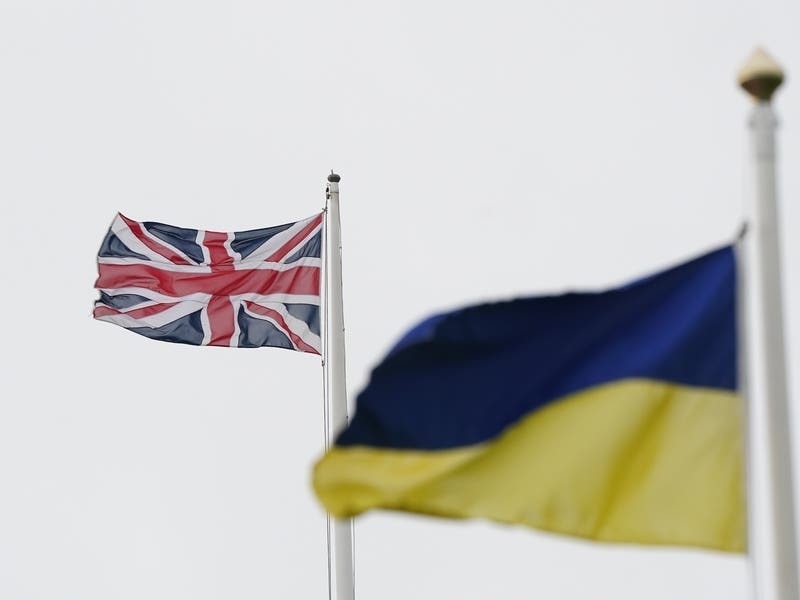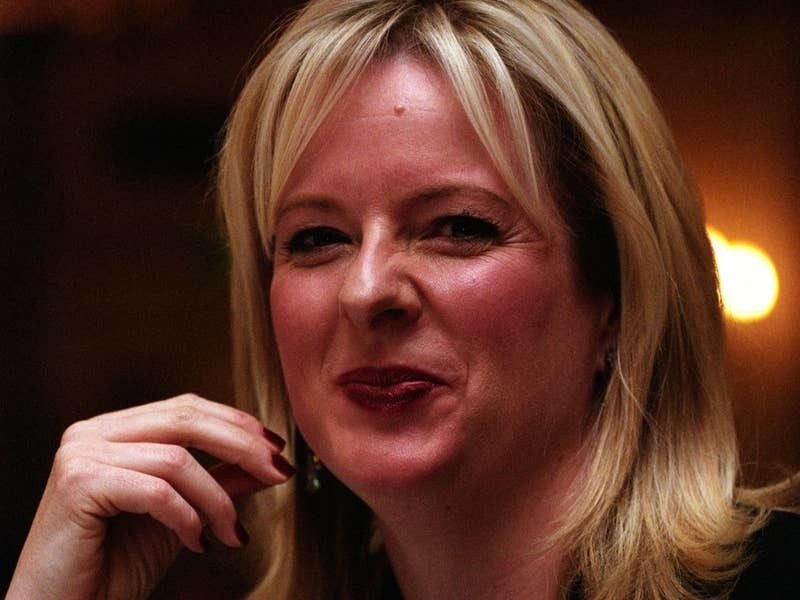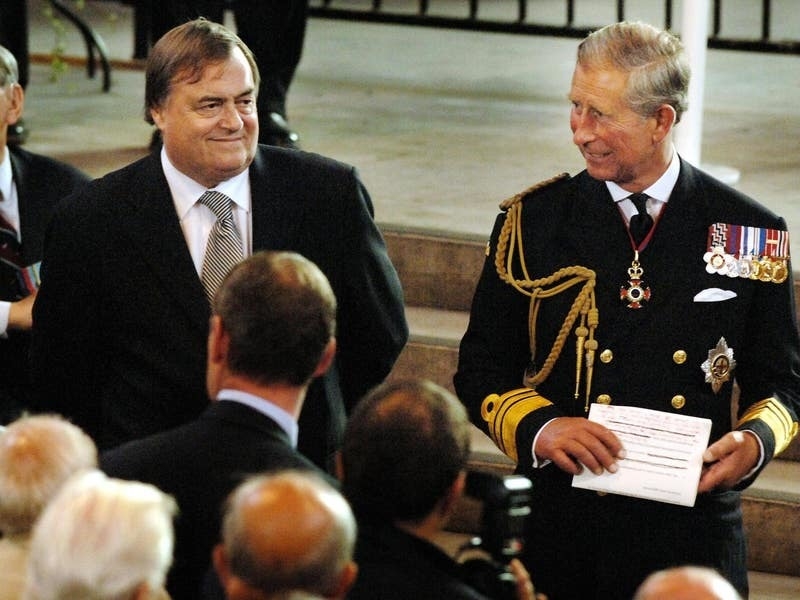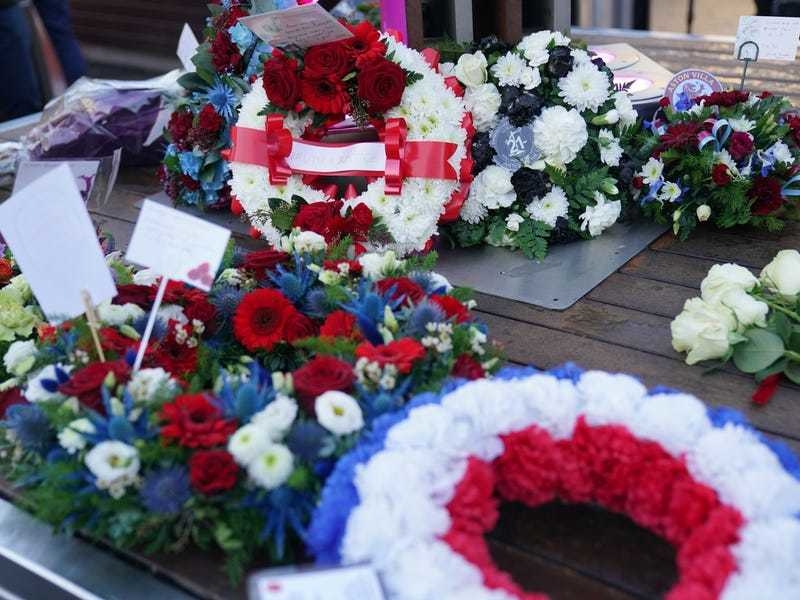Entitled The Queen, the exhibition of 12 portraits in the castle’s keep was officially opened by the Bailiff, Michael Birt, in the presence of the Lieutenant-Governor, General Sir John McColl.
It is based on the £150,000 holographic portrait of the Queen called Equanimity created by light artist Chris Levine and holographer Rob Mundy commissioned in 2004 by Jersey Heritage to mark the Island’s 800-year-old links with the Crown.
Equanimity was the first holographic portrait of a living monarch and a copy of it and another related work – called Lightness of Being showing the Queen with her eyes briefly closed during the photo shoot – are included in the National Portrait Gallery’s exhibition entitled The Queen: Art & Image.
Earlier this week, a permanent copy of the Equanimity portrait was presented on behalf of the Island to that gallery in London.
Chief Minister Ian Gorst, the Bailiff and the Lieutenant-Governor were part of the small delegation which represented the Island at the ceremony in the UK.
Both Equanimity and Lightness of Being are included in the new exhibition of 12 portraits which will be on display at Mont Orgueil Castle until the end of the year.
They were all taken during the same two photo shoots of the Queen at Buckingham Palace in 2003 and 2004.
Jersey Heritage director Jon Carter said that the enormous publicity which the Equanimity portrait had gathered on an international scale was evidence of just how powerful and potent an ambassador it was for the Island.
Pictures of the Queen during the early years of her reign in the 1950s tended to be aloof, majestic images, he said.
‘The Equanimity portrait and those developed from it are still majestic, but also very human, contemporary, immediate and utterly in keeping with a modern monarch and how she touches the lives of the people,’ he said.
In his speech, the Bailiff congratulated Jersey Heritage for having the vision to commission the Equanimity portrait and the States of Jersey for funding it.
Mr Birt said that heritage was very important, not only for Jersey people because it allowed Islanders to understand who they were, but also increasingly for the tourism industry.

